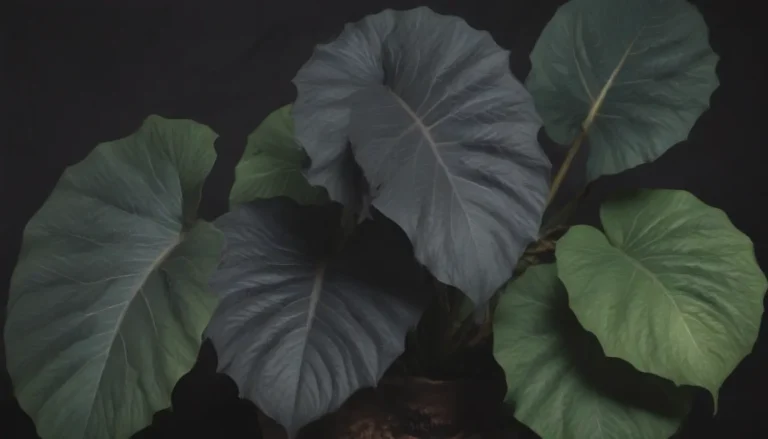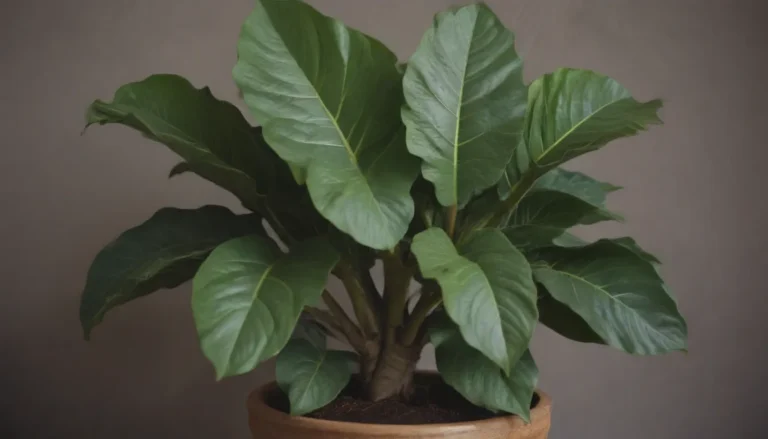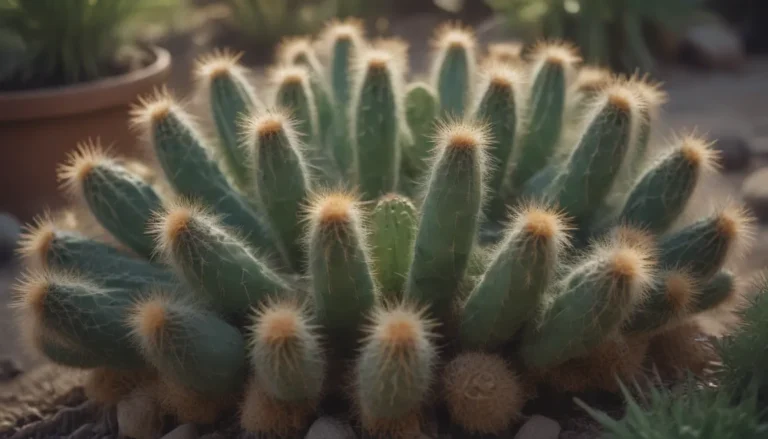The Ultimate Guide to Growing and Caring for Moonbeam Coreopsis

Are you looking to add a pop of vibrant yellow to your garden? Look no further than Moonbeam Coreopsis! In this comprehensive guide, we will explore everything you need to know about growing and caring for these beautiful flowers. From their taxonomy to propagation techniques, we’ve got you covered.
Understanding Moonbeam Coreopsis
Taxonomically classified as Coreopsis verticillata ‘Moonbeam,’ these daisy-like flowers are a member of the aster family. Known for their thread-like foliage and bright yellow blooms, Moonbeam Coreopsis plants are a popular choice for many gardeners. With a moderate growth rate, they can reach up to two feet in height and bloom from early summer through September.
Moonbeam Coreopsis Care Tips
Taking care of Moonbeam Coreopsis plants is a breeze, making them ideal for beginners. Here are some essential care tips to keep your flowers thriving:
- Light: Moonbeam Coreopsis thrives in full sun but can tolerate partial shade in hot climates.
- Soil: Well-drained, loamy soil is ideal for these plants, though they can tolerate clay.
- Water: Once established, Moonbeam Coreopsis has low water needs and is drought-tolerant. Water about once a week, preferably in the mornings.
- Temperature and Humidity: These plants can thrive in USDA zones 3-9 and are tolerant of high heat and humidity.
- Fertilizer: Minimal fertilization is needed, as excess fertilizer can limit growth.
Moonbeam Coreopsis Varieties
While Moonbeam Coreopsis is a popular choice, there are over 80 species of Coreopsis to explore. Some other popular varieties include:
- Coreopsis grandiflora (Largeflower Tickseed)
- Coreopsis tinctoria (Plains Coreopsis)
- Coreopsis lanceolata (Lanceleaf Coreopsis)
Exploring different varieties can add diversity and color to your garden.
Pruning and Propagating Moonbeam Coreopsis
- Pruning: To keep Moonbeam Coreopsis blooming, deadhead the flowers regularly. If deadheading proves challenging, consider trimming the plants by one-third after the initial flowering period.
- Propagating: Moonbeam Coreopsis can be propagated through seeds, cuttings, or crown division. Seeds can be sown in early spring, while cuttings should be rooted in perlite or vermiculite. Division propagation is best done in early spring by separating plant sections with roots.
Unveiling the “Tickseed” Mystery
Ever wondered why Coreopsis is commonly referred to as “tickseed”? The name derives from the Greek “bug-like,” as the seeds of Coreopsis bear a resemblance to ticks. While the scientific name is widely used, the common name has lost popularity due to its association with ticks. Perhaps consumers prefer the melodious sound of “Coreopsis” over the insect connotations of “tickseed.”
In conclusion, Moonbeam Coreopsis is a delightful addition to any garden, offering bright blooms, easy care, and wildlife attraction. Whether you’re a seasoned gardener or just starting, these flowers are sure to bring joy and color to your outdoor space. So, roll up your sleeves, grab your gardening tools, and let Moonbeam Coreopsis brighten up your garden!





